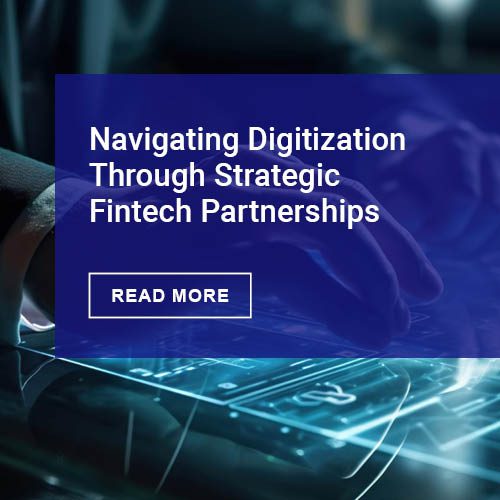At this week’s NACHA payments conference in San Diego, a number of large merchants were arguing strongly against the adoption of EMV.
For retailers such as hamburger chain Wendy’s – which already accepts PIN debit at the checkout – the fraud rate is so small “it’s hardly worth mentioning,” said Gavin Waugh, Wendy’s vice president and assistant treasurer. “Even if we pay the fraud liability, it’s a whole lot cheaper than putting in (new EMV) terminals.”
Other merchants voiced concerns that adopting EMV wouldn’t eliminate fraud, but would only move it to other channels, such as ACH and card-not-present (CNP) channels. Furthermore, although chip cards will help reduce counterfeit fraud, the desire to maintain signature-based cardholder verification, rather than transitioning to PIN, will do nothing to thwart lost and stolen card fraud.
These arguments display some of the common misconceptions among merchants and consumers regarding EMV. First, regarding the liability shift, many payments industry observers believe it to be a mandate, or a requirement. However, the networks are in no way requiring merchants to adopt EMV; any merchant willing to accept the increase in liability will be allowed to do so. If Wendy’s experiences such little counterfeit fraud that the dollar value of the additional liability is nominal, they have every right to continue using magstripe-only terminals.
Second, in some circles, EMV has gained a reputation as being a magic bullet against fraud, one that will entirely eliminate fraud at the point of sale. The truth is no technology will ever eliminate it, not EMV, not offline EMV, not EMV and PIN, and not anything else that will ever be introduced to the payments industry. As long as there is money to be stolen, there will be fraud. All we can hope for is to reduce it, which EMV helps to do.
EMV is an expensive technology to implement, so it can be expected that it will be met with resistance. The focus of the payments industry needs to be on education, explaining all the benefits and clearly outlining how this initial investment will bring returns in the long run.
Click here to read more from Finextra.











